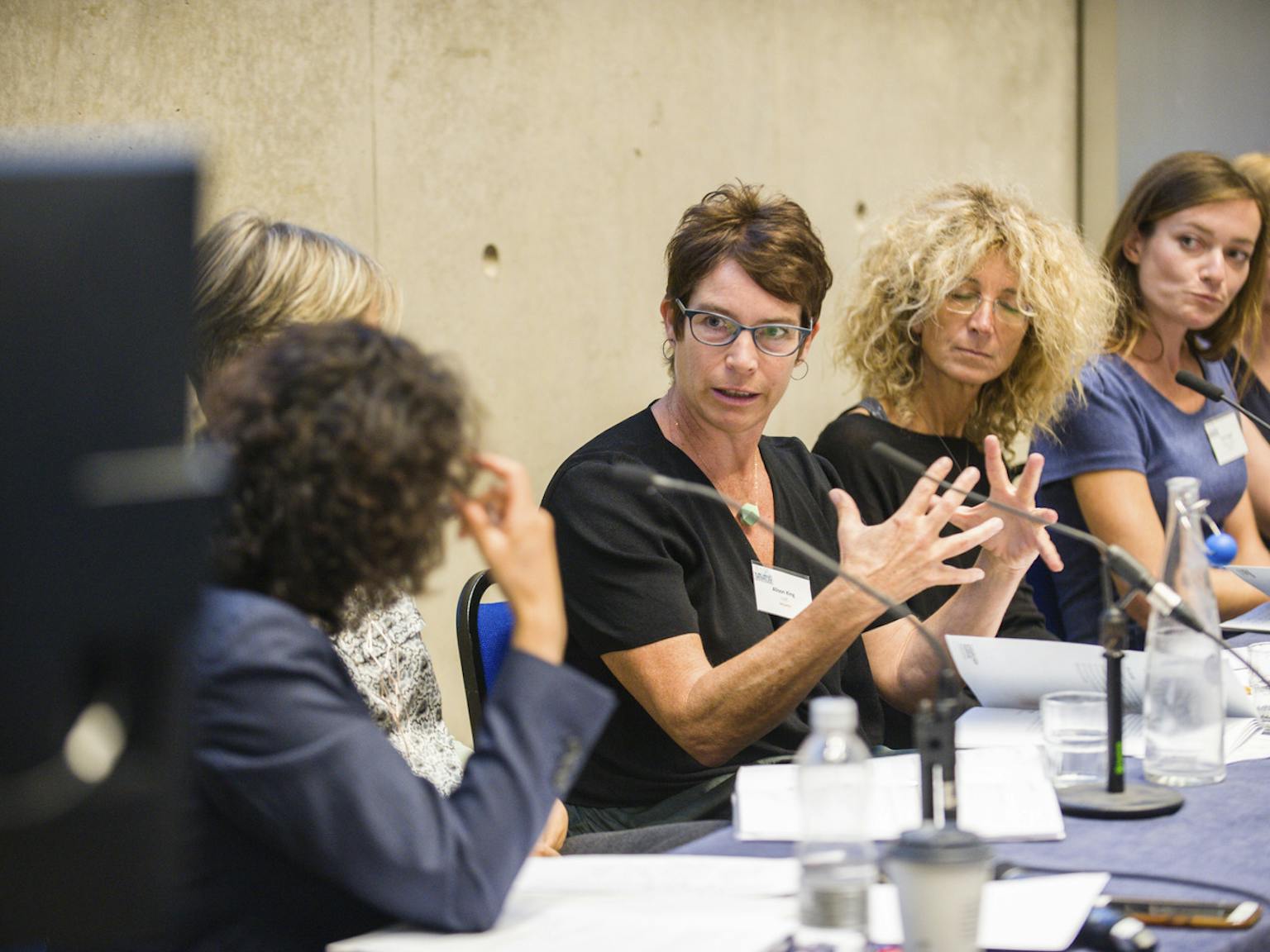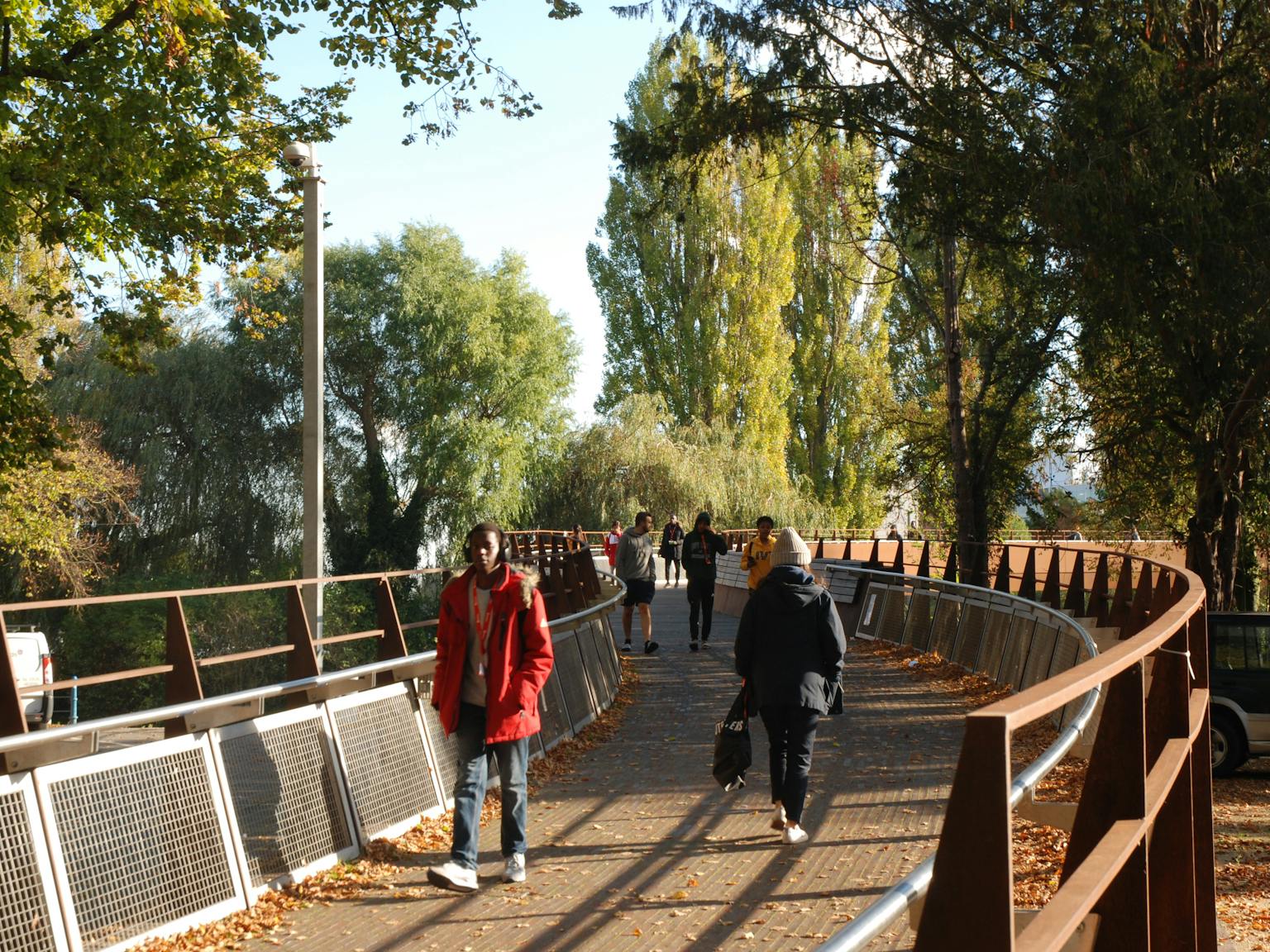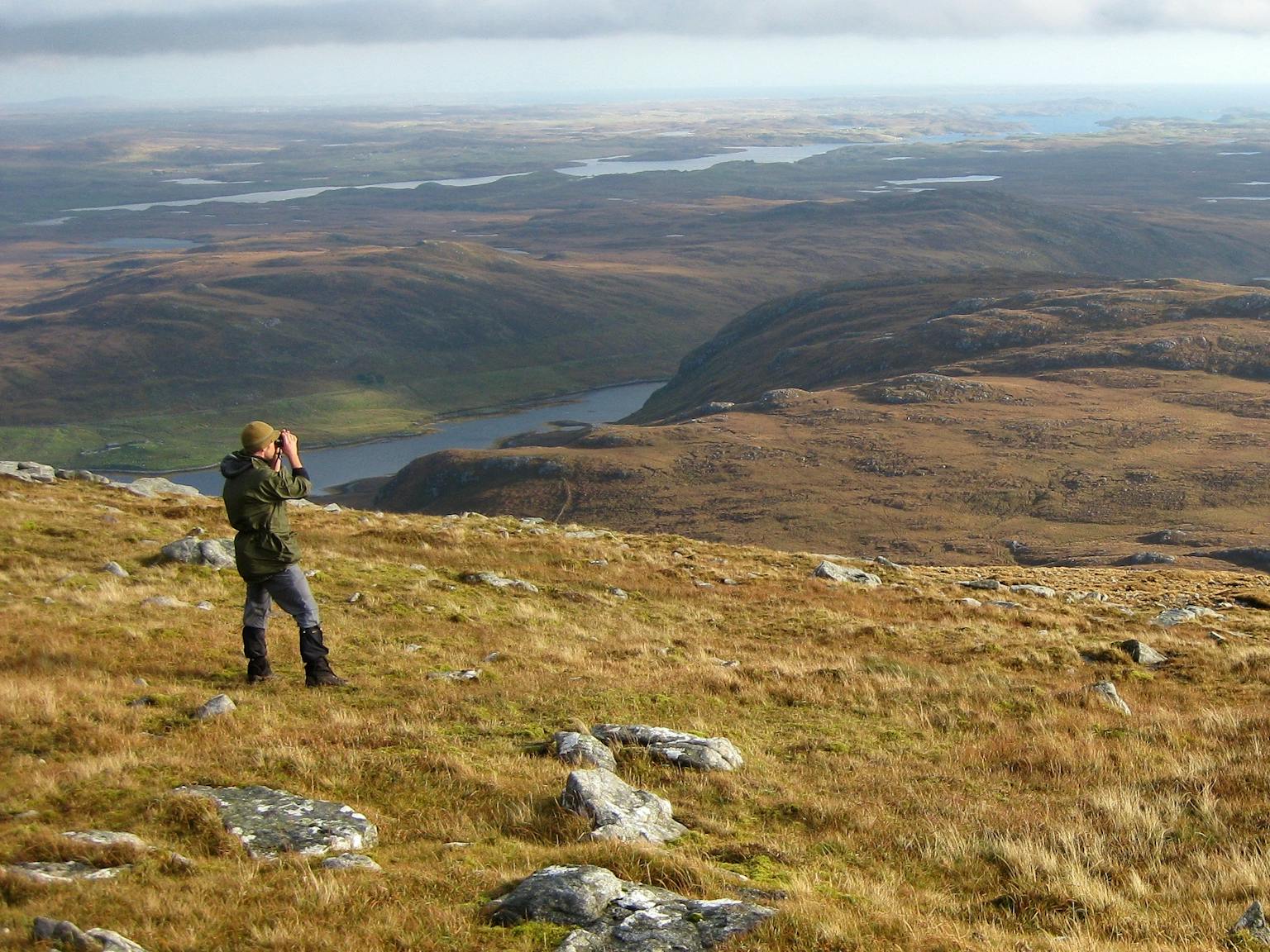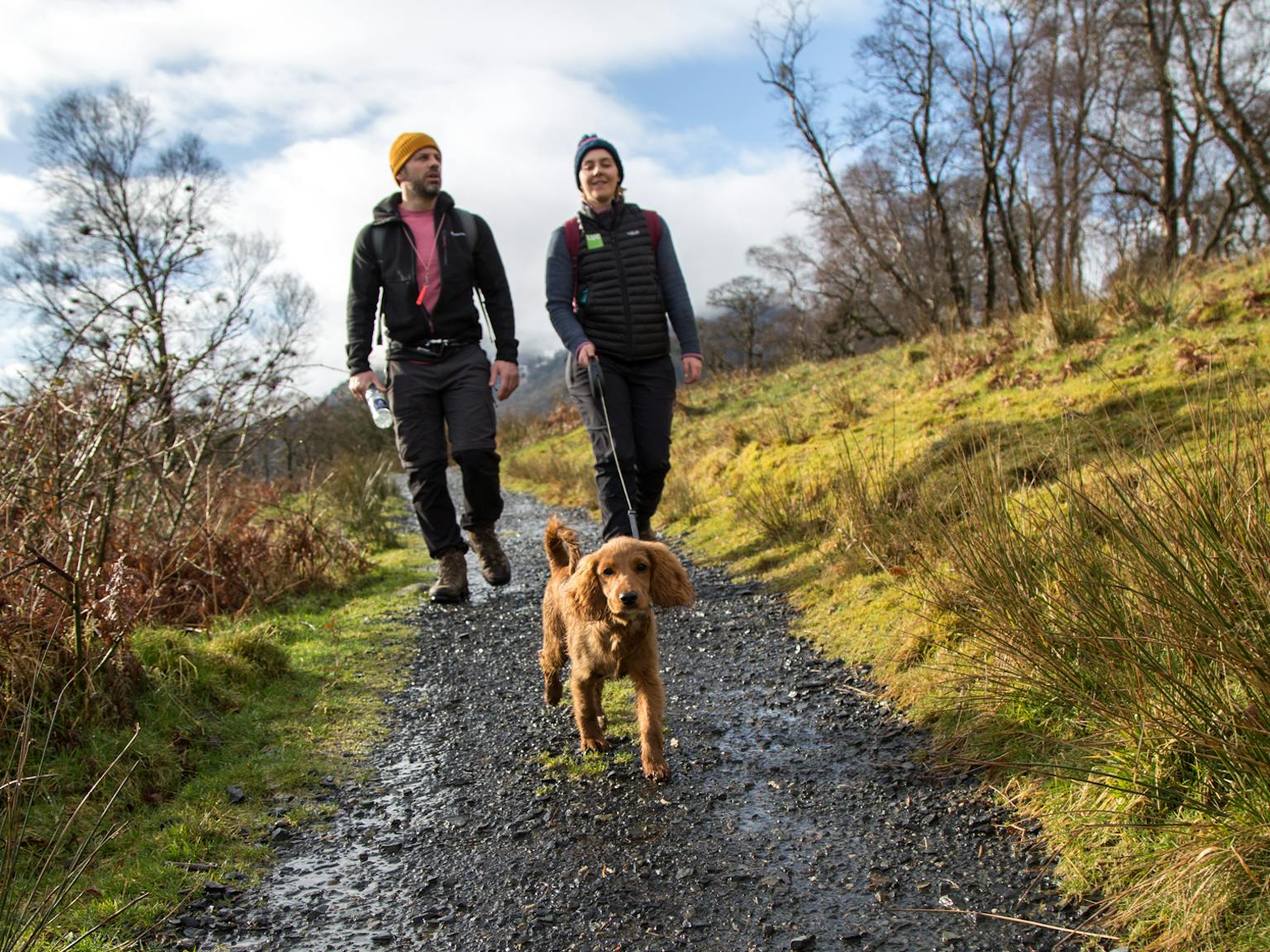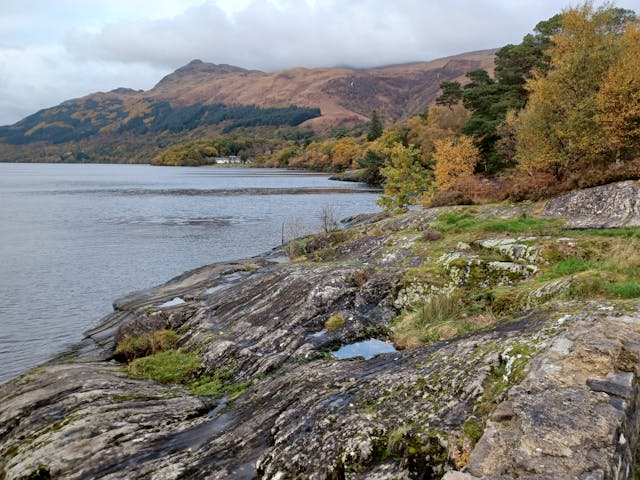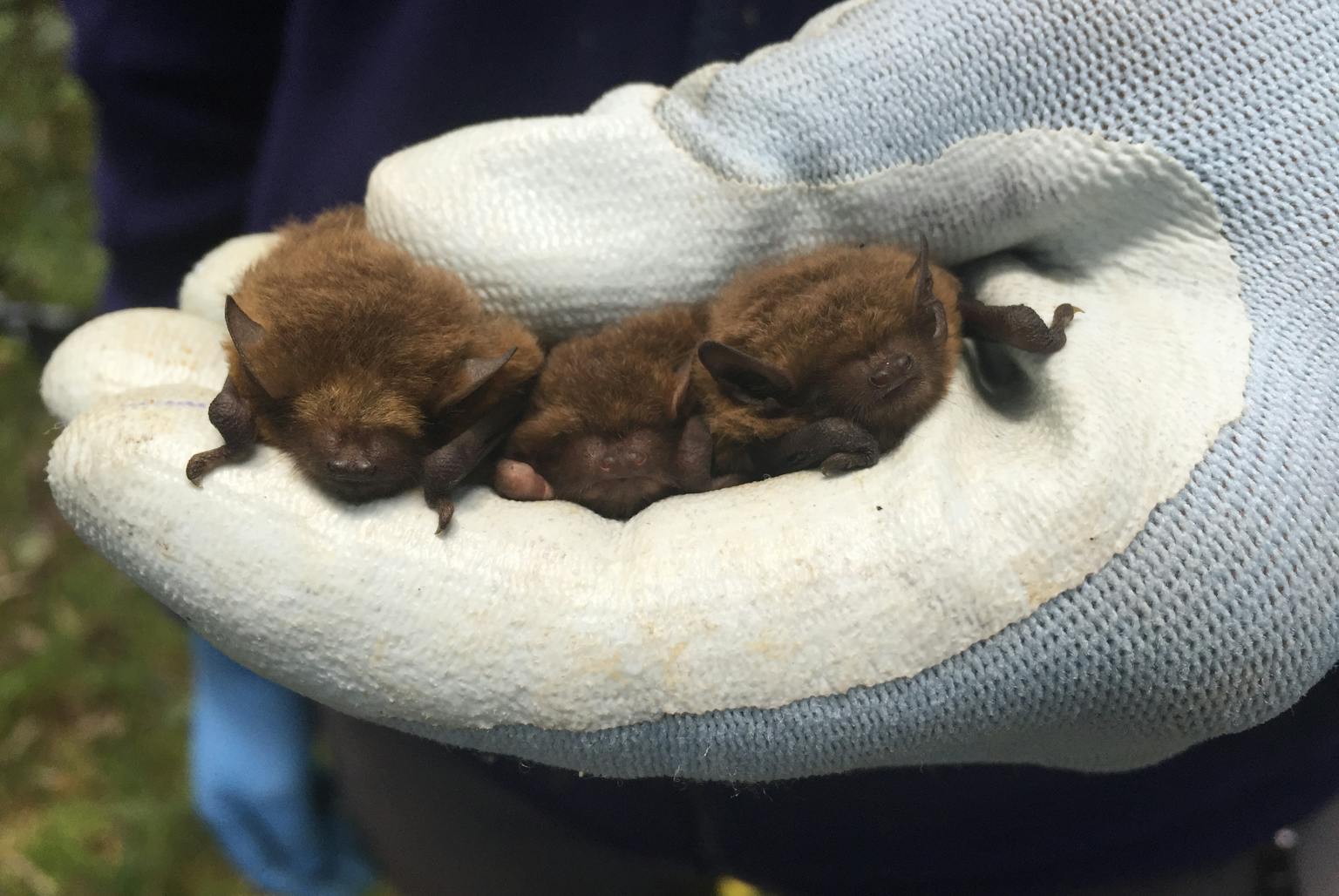
Understanding the impact of recent changes to bat surveys
It’s fitting that, amid a global biodiversity crisis, the development management system in all parts of the UK has reprioritised ecological survey and assessment. However, long before Biodiversity Net Gain was keeping ecologists awake at night, there was another nocturnal survey method that proved just as contentious.
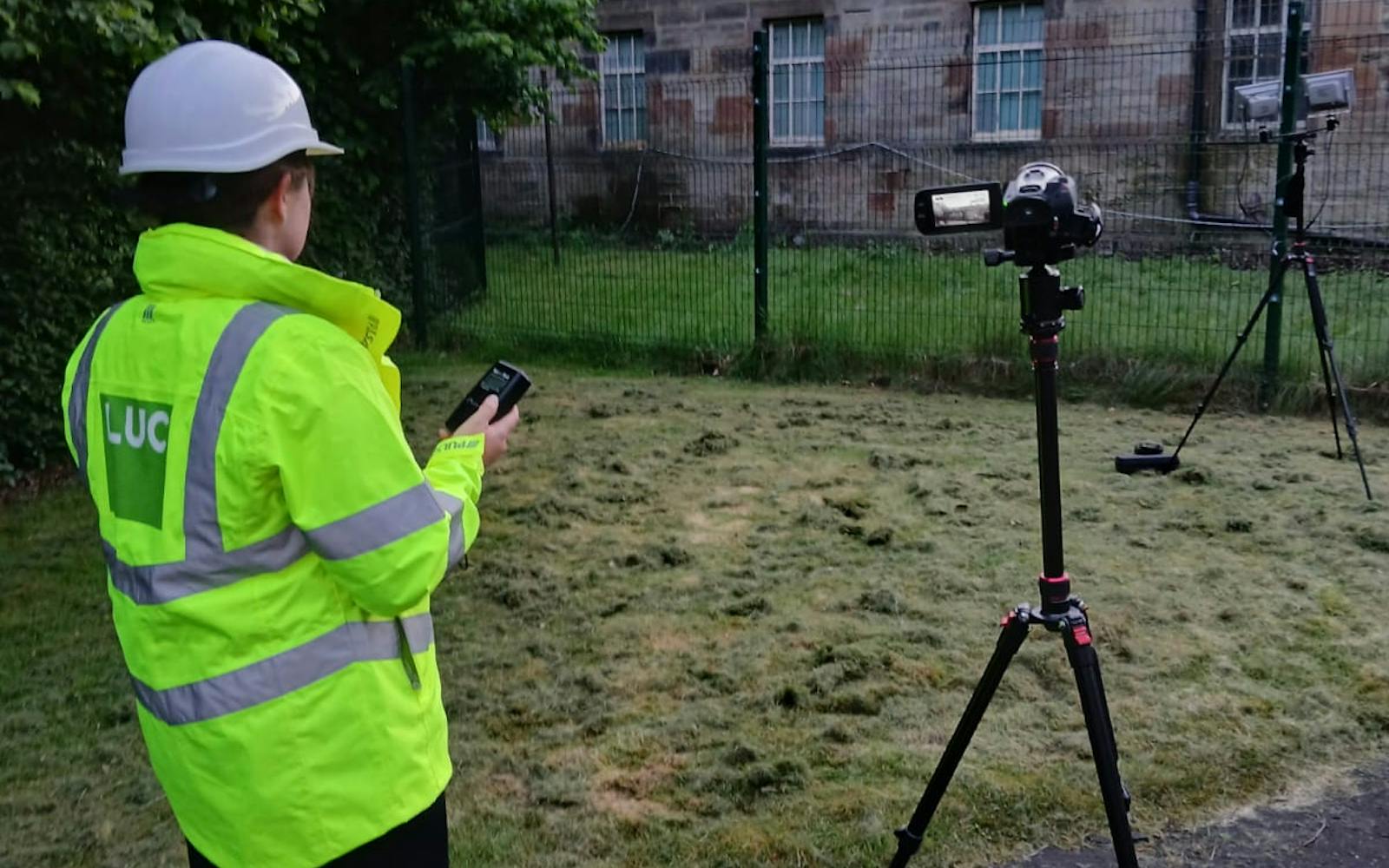
Whether due to their ubiquity, their incredibly restricted season, or their labour intensiveness, bat surveys have long been a flashpoint in the development management system. So much so that overly excited headlines like ‘single bat costs developer £10,000!’ or ‘Developer fined six-figure sum for destroying bat roost!’ are commonplace in the UK’s tabloid press.
Scandalised headlines aside, the need for bat surveys is well-founded. As a keystone species, the ecosystems that sustain human life rely on bats for pollination and natural pest control. That, coupled with catastrophic population declines, is why bats receive extensive legal protections and why they form a material component of the development management system.
In late 2023, the Bat Conservation Trust, whose survey guidelines form the basis of all bat activity surveys in the UK, published the biggest overhaul of bat survey methods in the UK for over a decade. Based on many years of research and observation, these changes fundamentally change how bat surveys are delivered.
While these changes will largely affect surveyors and those responsible for designing surveys, there may also be wider implications for the development industries. As the 2024 bat survey season gets underway, we look at some key changes below.
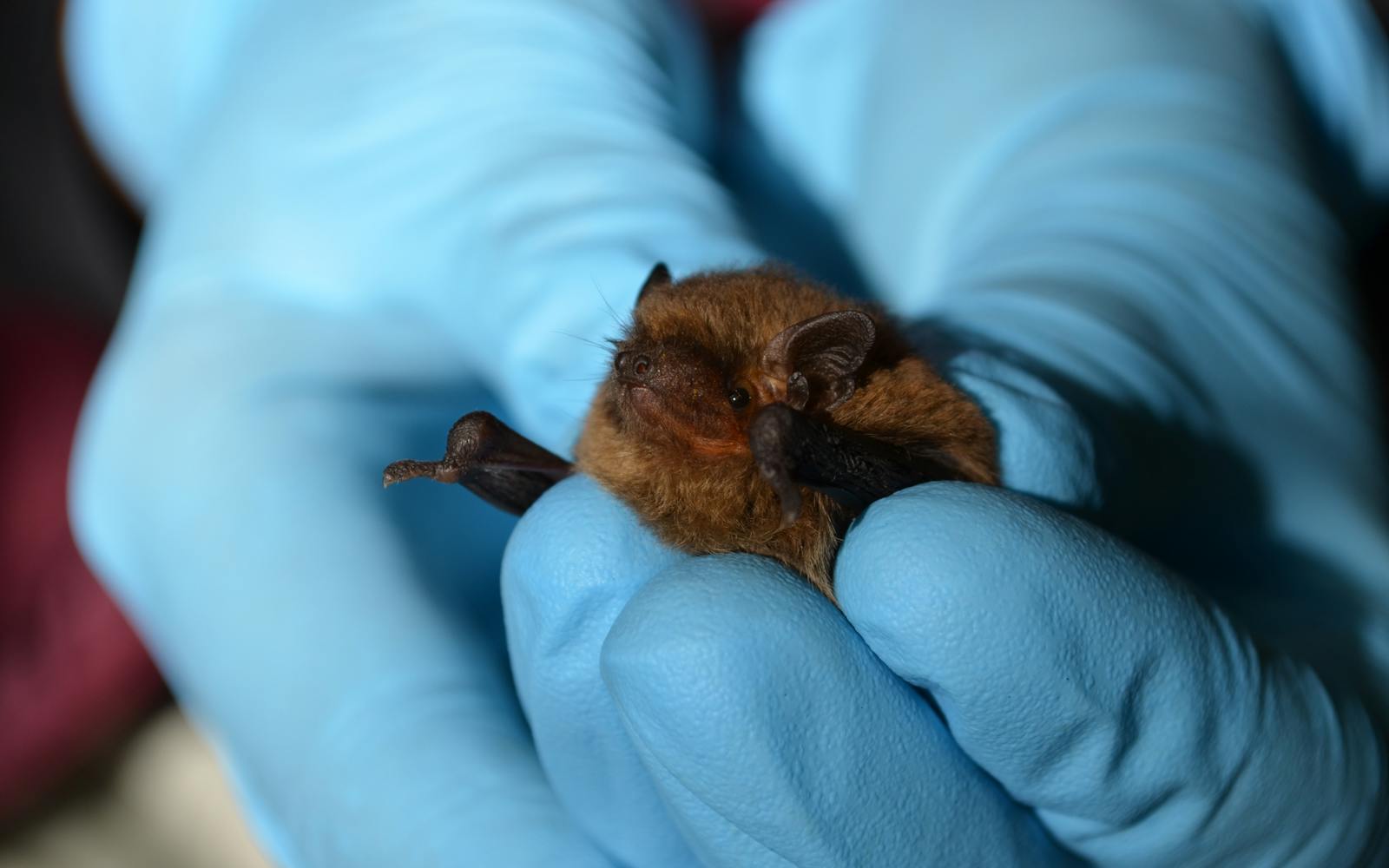
Night vision aids
Until now, bat surveys have required considerable people power. To fully understand bat activity at a given building or built feature, it’s been necessary to deploy large numbers of bat detector-wielding ecologists.
Breakthroughs in the reliability and the cost of infrared and thermal imaging technology mean that, where appropriate, surveyors can supplement with night vision aids (NVAs).
NVAs will improve the quality of baseline data collected and potentially reduce the number of surveyors required at any given site. This creates the potential for reduced cost and greater availability and capacity amongst an already stretched survey resource.

Dusk vs. dawn surveys
Until now, guidance has dictated that bat activity surveys should be undertaken at both dawn and dusk, mixing up the survey profile to better understand bat roost composition. However, as our understanding of bat behaviour improves, we now know that bats don’t return to their roosts at dawn in quite the way we expected, meaning roost characterisation data collected in the wee small hours isn’t as reliable as we thought.
While dawn surveys are still acceptable, the emphasis will now be on dusk surveys. As you might imagine, sleep-deprived bat surveyors are putting their double-espressos down and celebrating this key change.
Survey timing
Bats use their roost sites differently over time, which means for surveys to represent activity accurately, multiple visits are necessary. This drawn-out process is often the reason for consternation in the development management system, which would prefer quick results and certainty.
In most circumstances, there’s a preference to survey during the bat maternity season, when large nursery roosts form and bats are at their most vulnerable - this means surveying between May and August in any given year. Depending on a site’s potential to support these types of roosts, between one and three separate visits are needed and, in a change from previous guidance, visits must be spaced at least three weeks apart.
While frustratingly long, this lengthy period of survey means that baseline data is most likely to be accurate and developers are protected from unexpected risks to their projects.
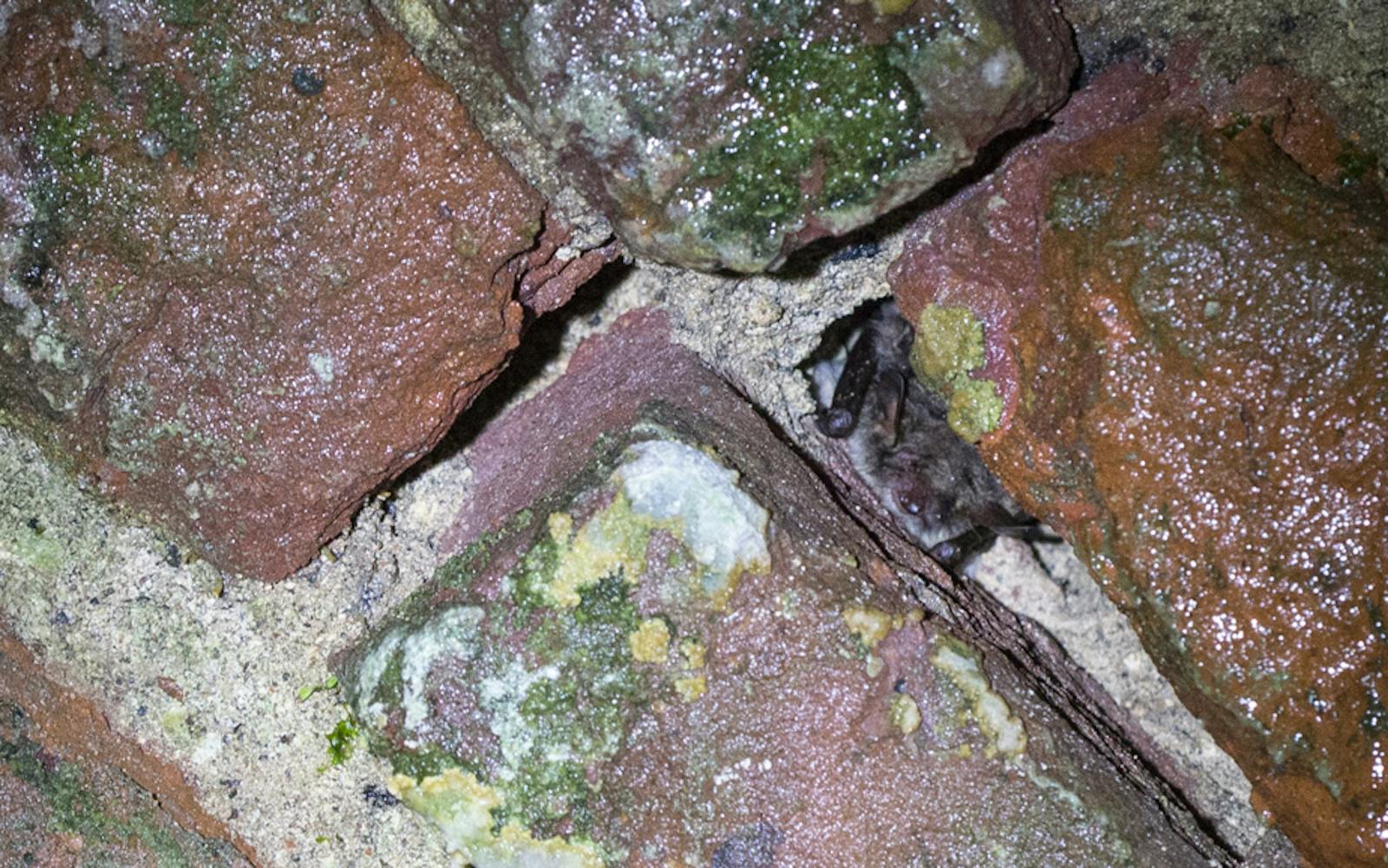
These changes mean that it’s more important than ever to commission and commence bat surveys at the earliest opportunity as, in many situations, surveys will spread right across the summer months.
LUC’s team of 50 ecologists have designed and delivered bat surveys for clients all across the UK and Ireland for more than 20 years. With numerous bat licences, we support our clients through the complex protected species regulatory process, providing expert advice from survey design to mitigation and compensation implementation.



